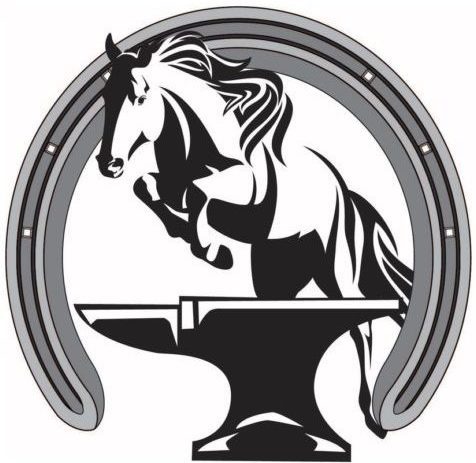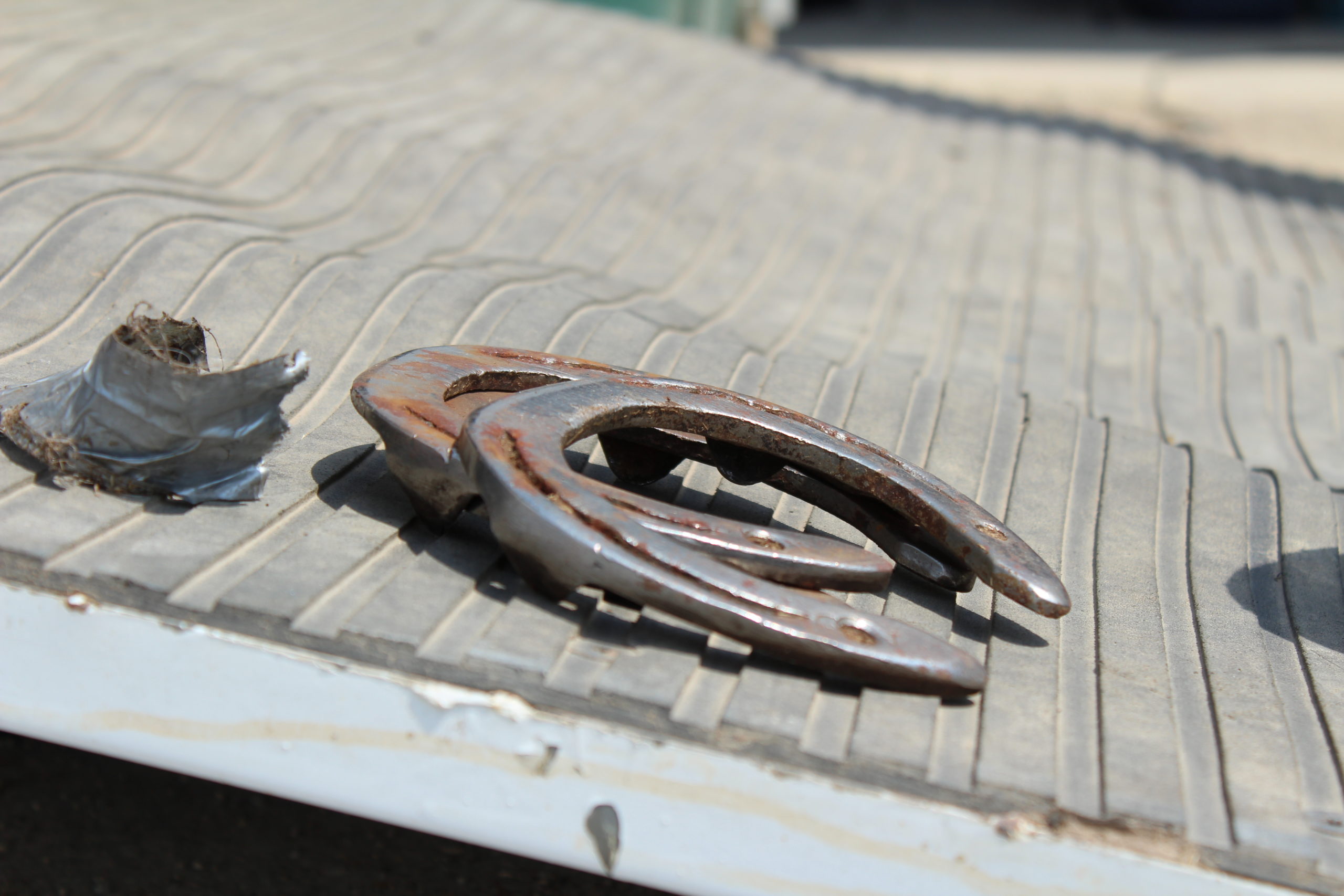“No hoof, no horse.” This familiar phrase is very true. In order for our horses to do well they must have healthy feet. No matter what your horse’s work is, from walking between food and water to competing at Rolex, they should have the best hoof care possible.
What schedule should my horse be on?
Traditionally there have been a number of different suggestions about how often a horse should be trimmed. At one time it was suggested that 8-12 weeks was sufficient, there are also those in one section of the industry that insist on a maximum of 4 weeks. As we think about scheduling horses to be trimmed or shod there are many factors to consider.
The goal with setting a horse’s trim schedule is the same goal we have in the rest of hoof care, to give the horse the best foot possible while reducing lameness and providing the optimum traction for the horse’s daily life and job. If a horse is on a schedule that is too long then it doesn’t matter how nicely trimmed he is, his feet will still not be of a good quality because the amount of distortion and damage to the foot will have been too much. A horse that is being trimmed more often than necessary will likely have a much nicer foot than one that is on too long of a schedule, but it will not be an efficient use of the owner and farrier’s time.
In order to know what the ideal hoof care cycle is for your horse there are several factors that should be considered by the farrier and owner. Below are just a few of the considerations we should keep in mind.
- If at the end of a hoof care cycle your horse’s feet look too long, especially from the top, he could probably benefit from a shorter schedule. When maintained properly a horse’s feet should look in decent shape when they are due to be taken care of.
- If the horse is shod and the clinches are popping up or the shoes are loose at the end of a cycle on a regular basis then he could probably benefit from a shorter cycle.
- If a horse’s feet show a lot of distortion and separation at the whiteline each time they are trimmed they could probably benefit from a shorter hoof care cycle in order to better manage the distortion.
When in doubt about when your horse should be trimmed ask your farrier to show you what they see and explain the reasons they think the horse should be on the schedule that has been set.
How do I get on the correct schedule with my farrier?
Most farriers that are good at what they do are also rather busy, this can make it very difficult to get on schedule on short notice. By scheduling appointments well in advance, we are able to maintain a proper schedule for the horse easier. When your farrier is finished working on your horse, ask them at that time about setting the next appointment if possible. This will insure that you get the time slot that works best for you and your horse.
At Dixie’s Farrier Service we have several options when it comes to scheduling. We prefer to set the next schedule at least when we are still at the barn so that appointments are able to be made that will most benefit the horse. We are also happy to schedule multiple appointments at one time so that you know your horse is on the schedule even out to a year in advance. We also offer other conveniences such as digital calendar invitations so that it is insured we are all on the same page for the appointment. Communication options also vary from phone calls, to scheduling in person, to text messages, and even private messages through social media.
Next time you see your farrier ask them what the best schedule for your horse would be, and ask them to show you why that is. If your horse is not on the farrier’s schedule, call, text, or click to get an appointment made now.

